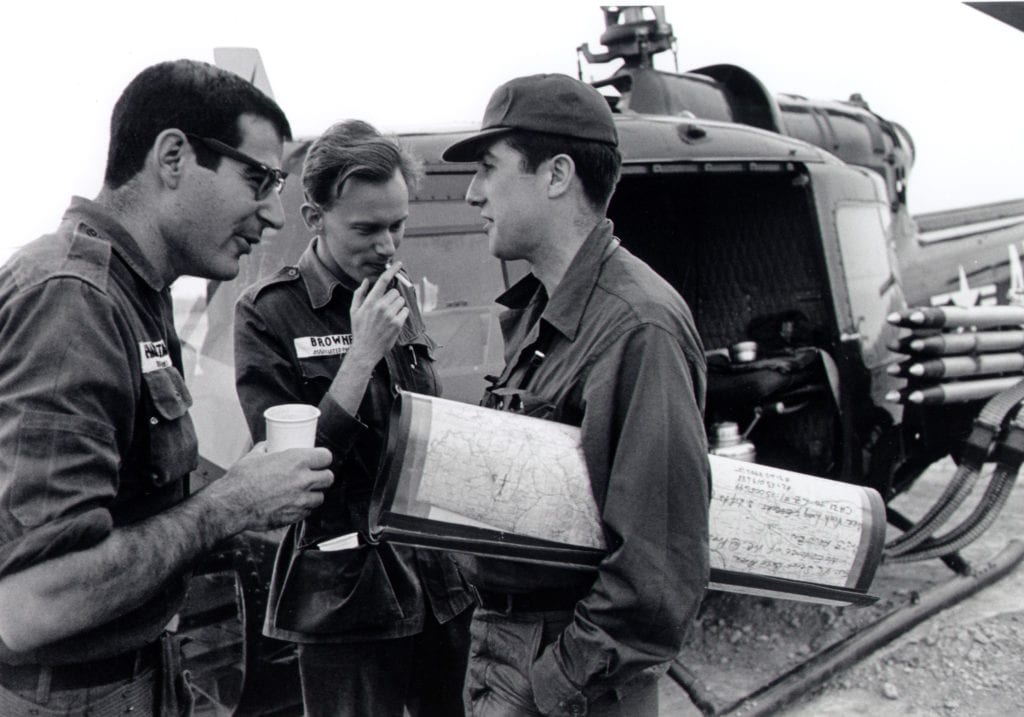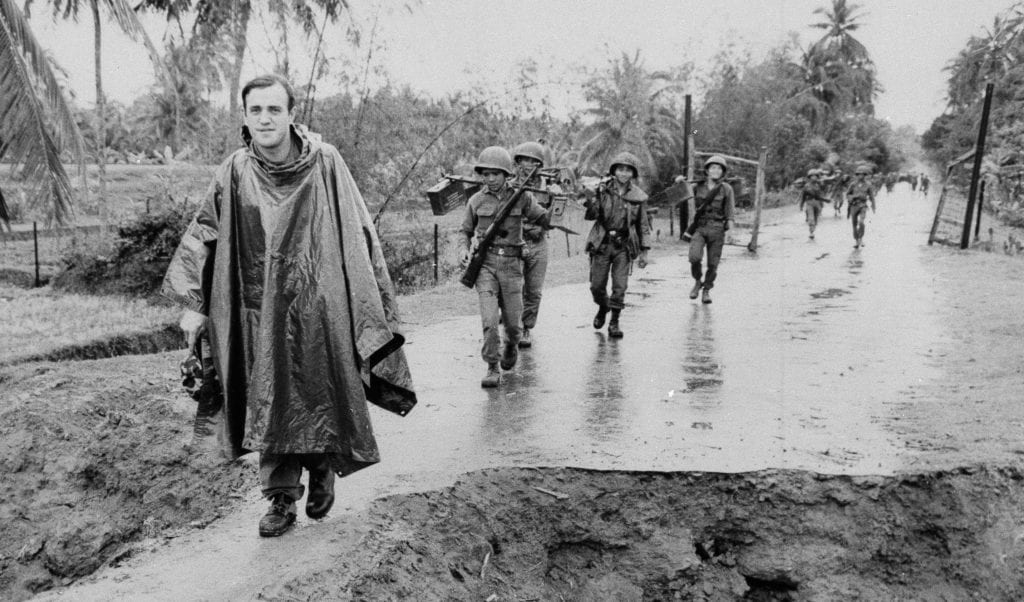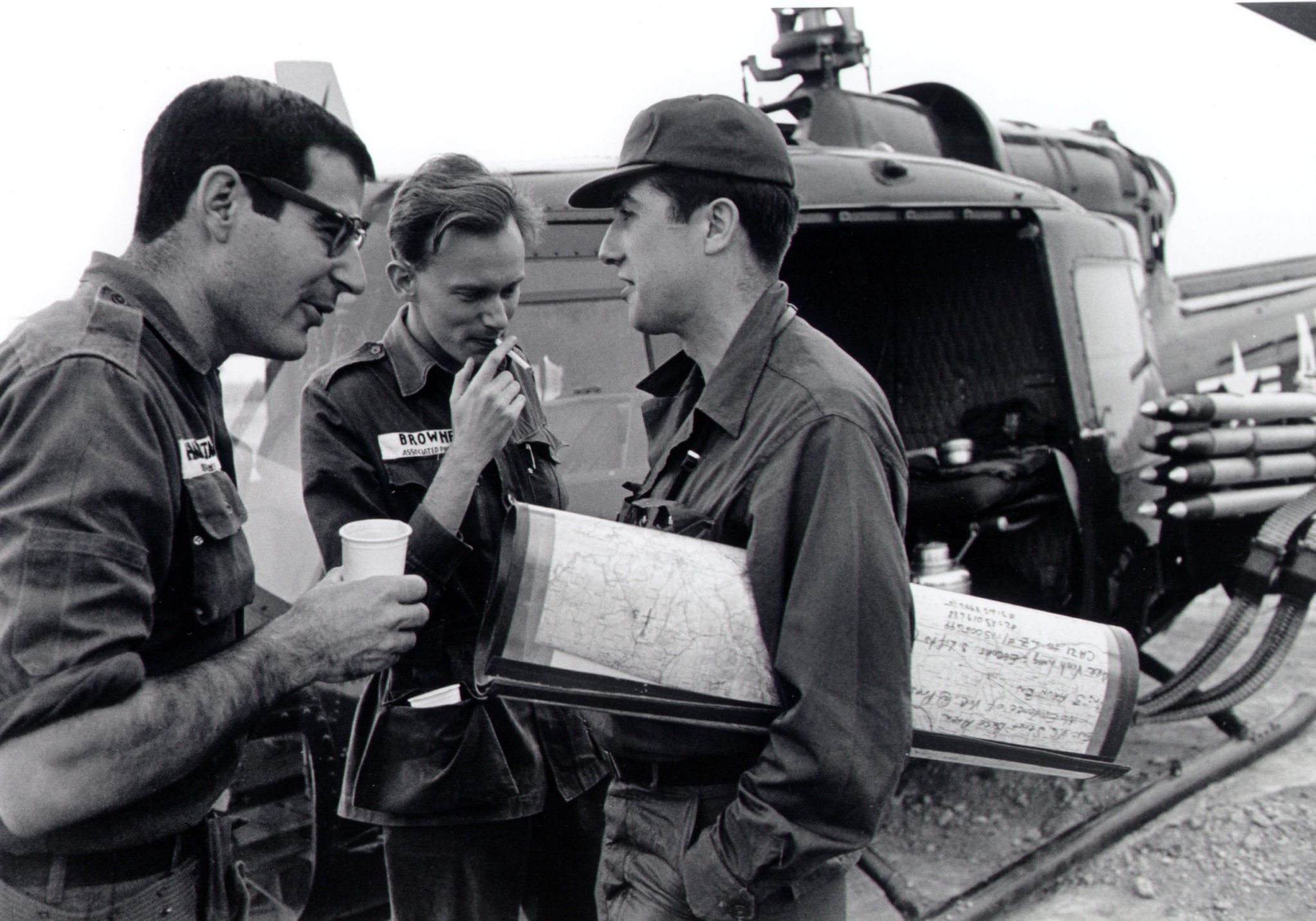?There are these two armies that are going to meet: this tiny little army of journalists?five, or six, seven?and this army of policy.?
The role of a journalist is to share the truth. During the early years of the Vietnam War, a small group of young journalists who were assigned to Vietnam recognized that the official government statements about American involvement were not the truth. Dateline-Saigon provides a history of that early period of American involvement as we hear some of these reporters recall their time reporting from Vietnam.

The journalists involved are Malcolm Browne and Peter Arnett of Associated Press, Neil Sheehan of United Press International, David Halberstam of the New York Times, and photographer Horst Faas of Associated Press. These young men (in their twenties while on their assignments in Vietnam) were perhaps a bit na?ve when they arrived. They soon learned that many of their sources in the military and governments would exaggerate claims of victory and damage done to the enemy. They would see Americans involved in combat while the American and Vietnam governments claimed that they were only advisors.

Because they worked for different outlets, there was great competition between them, but also a comradery built on their common understanding of their task. They exposed the lies. They were a voice calling out in a world that was dominated by what Halberstam calls ?a large lie machine?.
Nearly the entire film is set during the Kennedy Administration. There are only a few thousands American troops in Vietnam. The escalation of the war came later. But even at this point we note that the government was being very dishonest about what was happening. (For those who recall that time as an age of Camelot, this may be a bit of a shock.)
These young journalists did not go there trying to destroy American policy. As Sheehan says, ?At this point, we were young Americans who were filled with all the myths of the Cold War. We thought this was the right war, the right time, the right place.? But they understood their jobs to be to bring the truth to the world. However, it wasn?t until TV began covering the war, and bringing these issues into homes through that more powerful medium, that the truth became recognized by the world.

In today?s news environment of claims about ?fake news? and near real-time fact-checking, I think it is important to take a look at journalistic ideals. The journalists we meet in this film (all of whom went on to win Pulitzer Prizes) were, I think, a bit idealistic about their role. But that idealism served them well as they all looked for the truth of what was happening. In time it would become clear that the way the policy was being presented through the government was indeed ?a lie machine?. We continue to rely on journalists of integrity to protect us from the lie machines that continue today.
Dateline-Saigon is available on VOD and DVD.
Photos courtesy of First Run Features





This was extremely interesting not only because of our government trying to silence the journalists but also the fact that these print journalists realized it was going to be television that was going to let people really know what was happening over there.